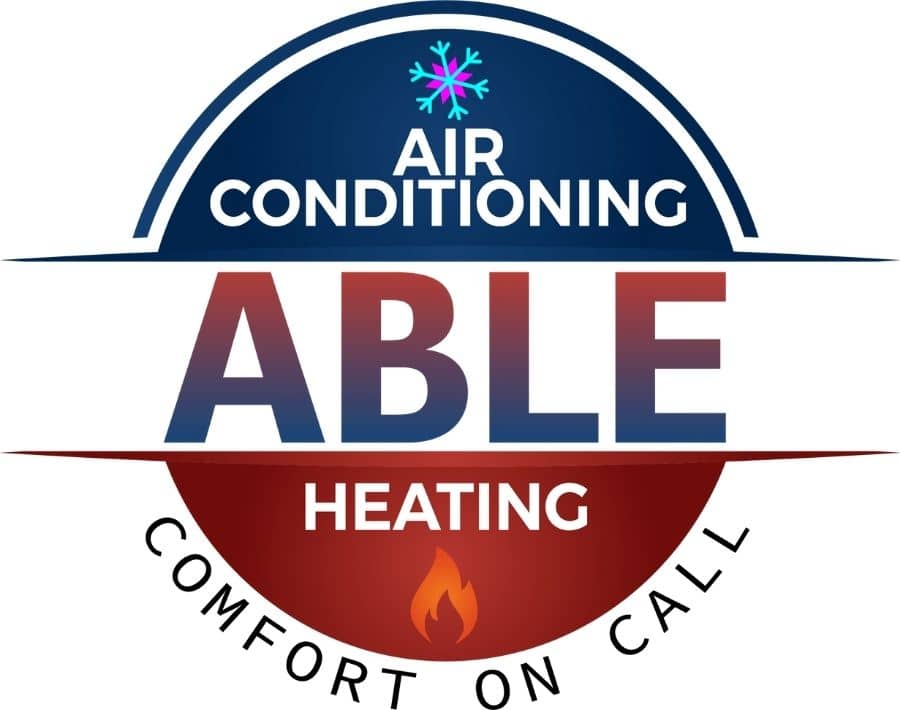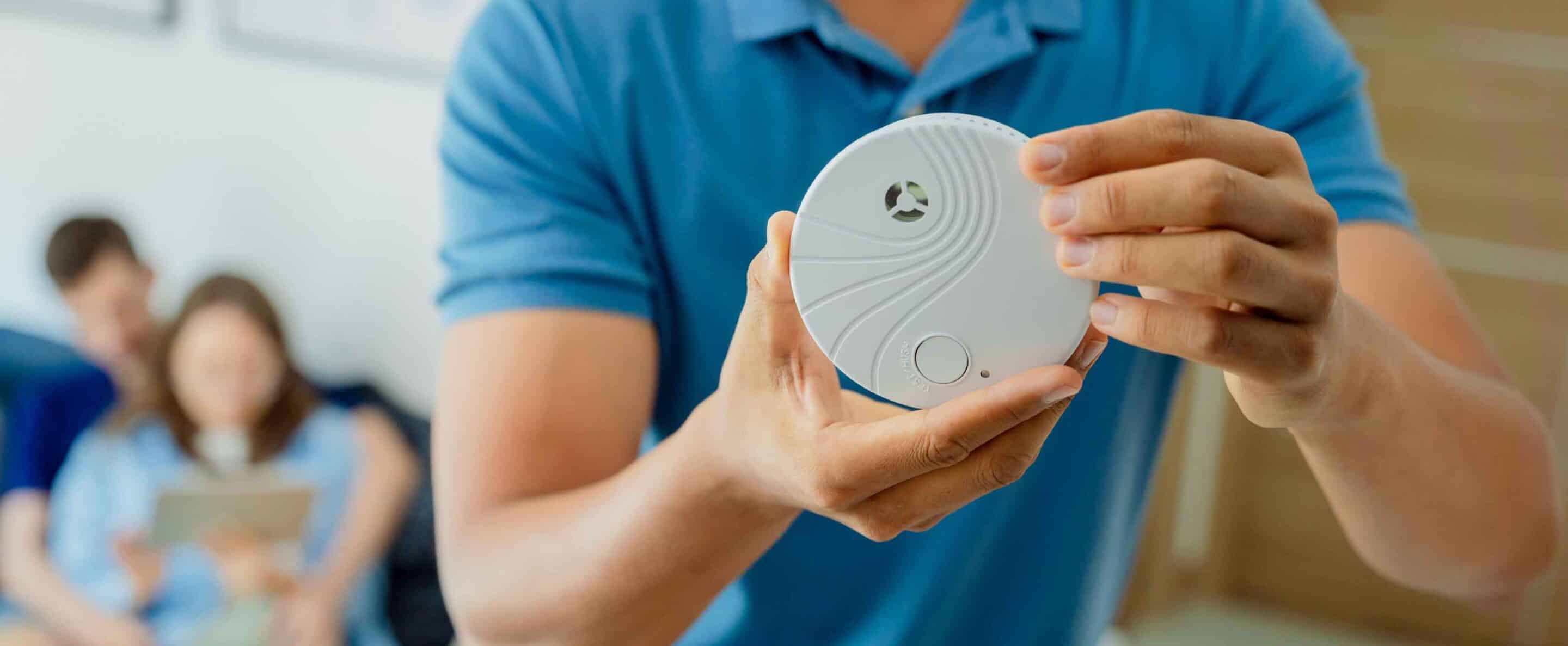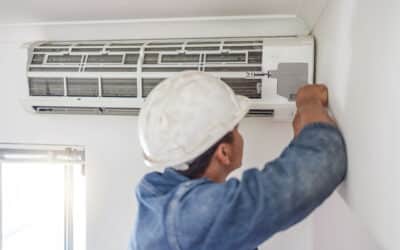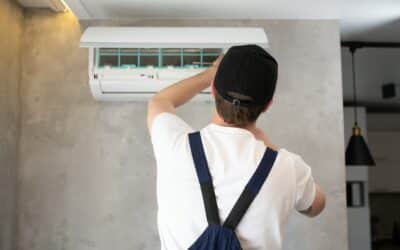When most people think about home safety, they picture locking doors, installing security cameras, or adding motion lights. But there’s one invisible threat that’s far more dangerous—and it doesn’t knock, make a sound, or leave a trace you can see or smell. It’s carbon monoxide (CO), often referred to as the silent killer.
Every year in Canada, hundreds of people are hospitalized due to carbon monoxide poisoning, and sadly, many incidents end in tragedy. What makes it even more concerning is that carbon monoxide is completely odorless, colorless, and tasteless—you can’t detect it without the proper equipment.
In this post, we’ll break down why CO safety is so important, how it’s produced in your home, the crucial role of detectors, and how regular maintenance of your appliances can literally save lives.
Understanding Carbon Monoxide
Let’s start with the basics. Carbon monoxide is a byproduct of incomplete combustion. That means anytime you burn fuel—whether it’s natural gas, propane, oil, wood, or gasoline—CO can be created if something isn’t working properly or isn’t vented correctly.
In most homes, potential CO sources include:
- Furnaces or boilers
- Gas fireplaces
- Gas stoves or ovens
- Water heaters
- Wood-burning fireplaces or stoves
- Gas dryers
- Attached garages (especially when vehicles are running inside)
When these systems are operating efficiently and vented correctly, carbon monoxide exits through the flue or vent outdoors. But if there’s a blockage, a crack, or a malfunction, it can leak into your home’s air.
Because CO replaces oxygen in your bloodstream when inhaled, even small exposures can cause symptoms like headaches, dizziness, or nausea—and prolonged exposure can quickly become fatal.
The Invisible Signs: How to Recognize CO Exposure
Carbon monoxide poisoning symptoms can mimic common illnesses like the flu or food poisoning, which is one reason it’s often misdiagnosed or overlooked. Early detection is critical, so knowing the warning signs can make all the difference.
Common symptoms include:
- Headaches or light-headedness
- Nausea or vomiting
- Dizziness or confusion
- Shortness of breath
- Blurred vision
- Fatigue or weakness
- Chest pain (especially in those with heart conditions)
If multiple people in your home start to feel sick at the same time—especially during winter when heating systems are running—it could be more than just a seasonal bug.
In high concentrations, CO exposure can cause unconsciousness and death within minutes. That’s why every second counts when it comes to detection.
Why You Need Carbon Monoxide Detectors
Just like smoke detectors alert you to fire, carbon monoxide detectors are your first line of defense against an invisible danger. They continuously monitor the air and sound an alarm if CO levels rise to a dangerous point.
Many homeowners assume their smoke alarms detect CO too—but that’s not always the case. Unless your device is clearly labeled as a “combination smoke and carbon monoxide detector,” it only detects smoke.
Where to Install CO Detectors
To ensure proper protection:
- Install at least one CO detector on every level of your home.
- Place one outside each sleeping area so alarms can be heard during the night.
- For extra safety, place a detector near the door to an attached garage or near fuel-burning appliances like furnaces or fireplaces.
Avoid installing detectors directly above or beside fuel-burning appliances to prevent false alarms. Also, don’t put them in bathrooms or overly humid areas.
How Often to Replace or Test Them
Carbon monoxide detectors don’t last forever. Most models need replacement every 5 to 7 years, depending on the manufacturer’s instructions. You should:
- Test monthly by pressing the test button.
- Replace batteries twice a year (a good reminder is when you change your clocks for daylight savings).
- Replace the entire unit once it reaches the end of its lifespan, even if it still seems to work—its internal sensors degrade over time.
The Role of Your HVAC System and Appliances
While CO detectors are essential, prevention starts with your home’s fuel-burning equipment. Furnaces, water heaters, and fireplaces are designed to operate safely when properly installed and maintained. But without regular inspections, even minor issues can create major hazards.
Here’s how common home systems can become sources of CO leaks:
1. Furnaces and Boilers
Your furnace burns natural gas or propane to create heat. If the burner isn’t adjusted correctly, or the heat exchanger cracks, CO can leak into your ductwork and circulate throughout your home.
Clogged vents, bird nests, or improper installations can also prevent exhaust gases from escaping, forcing CO back indoors.
2. Water Heaters
Gas water heaters vent combustion gases out through a flue. If the flue becomes disconnected, rusted, or obstructed, CO can leak into the basement or utility room.
3. Fireplaces
Wood-burning and gas fireplaces are cozy, but both need regular maintenance. A blocked chimney or damaged vent can cause exhaust to spill back inside instead of venting outdoors.
4. Gas Stoves and Ovens
Using your oven to heat your home in the winter is a common but dangerous mistake. While it may seem harmless, it can produce unsafe CO levels within hours.
5. Generators and Vehicles
Running a generator or car in an attached garage, even with the door open, can push CO into your living space. CO can seep through shared walls or floors far more easily than people realize.
Regular Inspections: Your Best Defense
The best way to prevent CO buildup is to ensure all fuel-burning systems are inspected annually by licensed professionals. During these inspections, technicians check for leaks, test combustion efficiency, verify venting, and clean components that could lead to improper burning.
At Able Air Conditioning & Heating, for example, we check:
- Furnace heat exchangers for cracks
- Venting and flue pipes for blockages or corrosion
- Burner flames to ensure proper combustion (they should burn blue, not yellow)
- Safety switches and controls
- Gas pressure and CO levels around equipment
These are things most homeowners simply can’t detect on their own. A yearly maintenance visit not only keeps your system efficient—it keeps your family safe.
How Carbon Monoxide Affects Pets and Children
Carbon monoxide doesn’t just affect adults. Children and pets are even more vulnerable, as their bodies absorb gases more quickly and they often can’t communicate symptoms right away.
If your pets are suddenly sluggish, vomiting, or seem disoriented, it could be a sign of CO exposure. Likewise, young children who appear unusually tired or irritable should be checked immediately—especially if adults in the home also feel unwell.
What to Do if Your CO Alarm Goes Off
If your carbon monoxide detector sounds, take it seriously—never assume it’s a false alarm.
Here’s what to do:
- Get everyone outside immediately, including pets.
- Call 911 or your local fire department from outside or from a neighbor’s house.
- Do not re-enter your home until emergency personnel confirm it’s safe.
- Do not try to locate the source yourself.
- Once cleared, have your HVAC technician inspect all appliances and venting systems before using them again.
Even if no one feels sick, CO exposure can cause delayed symptoms. Seek medical attention if anyone experiences dizziness, nausea, or confusion.
The Law in Ontario (and Why It Matters)
In Ontario, carbon monoxide alarms are legally required in all homes that have fuel-burning appliances, fireplaces, or attached garages.
The Ontario Building Code and Fire Code specify:
- Alarms must be installed outside all sleeping areas in residential dwellings.
- They must be maintained in working order at all times.
- Landlords are required to install and maintain CO alarms in rental units, while tenants must not disable or tamper with them.
Failure to comply can result in fines—but more importantly, neglecting this requirement puts lives at risk.
The Connection Between Efficiency and Safety
Regular maintenance doesn’t just reduce the risk of CO leaks—it also improves efficiency, saves money, and extends equipment lifespan.
A clean, properly tuned furnace burns fuel more completely, reducing carbon buildup and improving performance. That means:
- Lower energy bills
- Fewer breakdowns
- Cleaner air inside your home
- Reduced CO emissions
It’s a win-win: you protect your family and your investment at the same time.
Seasonal Reminders: When to Check Everything
The best time to schedule maintenance and detector checks is before the heating season begins, typically in the fall. Here’s a quick checklist to follow each year:
✅ Test all CO detectors and replace batteries
✅ Schedule your furnace tune-up
✅ Inspect venting pipes for damage or corrosion
✅ Make sure nothing blocks outside vents (ice, snow, nests, etc.)
✅ Check your fireplace chimney and have it cleaned if needed
✅ Avoid running vehicles or generators near your home
✅ Keep dryer vents clear of lint and debris
Even small habits—like keeping garage doors open when idling your car—can prevent dangerous CO buildup.
Real-Life Stories: The Importance of Awareness
Across Canada, there have been heartbreaking incidents where families suffered CO poisoning due to undetected leaks. In many of these cases, a simple, functioning detector could have prevented tragedy.
For instance, several Ontario families have faced near-death experiences after furnaces malfunctioned during the night. Without CO alarms, the gas quietly built up while everyone slept—often only discovered when a family member failed to wake up in the morning.
These are painful reminders that carbon monoxide doesn’t discriminate—it affects anyone, regardless of location, age, or income level.
Peace of Mind Starts with Prevention
Think of your carbon monoxide detectors and annual maintenance visits as an investment in peace of mind. You insure your home against fire, theft, and floods—CO protection is just as vital, if not more so.
A few dollars spent on detectors and yearly inspections can prevent unimaginable loss. It’s not just about safety; it’s about protecting your family’s future.
At Able Air Conditioning & Heating, we often remind customers that CO issues aren’t always dramatic—they’re usually silent, gradual, and preventable. Whether it’s a blocked vent, a cracked heat exchanger, or a neglected fireplace, we’ve seen firsthand how routine checks can make all the difference.
Final Thoughts
Carbon monoxide is one of the few home hazards that gives no warning before it strikes. But with a little awareness and regular upkeep, it’s also one of the easiest dangers to avoid.
Here’s what every homeowner should remember:
- Install and test CO detectors regularly.
- Never ignore warning signs or alarms.
- Have all fuel-burning appliances serviced annually by licensed professionals.
- Educate your family about symptoms and what to do if an alarm sounds.
Safety isn’t about fear—it’s about being proactive. And when it comes to carbon monoxide, prevention truly is protection.
If You Haven’t Checked Your Furnace or Detectors This Year, Now’s the Time
Schedule your annual inspection with Able Air Conditioning & Heating today. Our certified technicians will ensure your heating system is safe, efficient, and ready for the season—so you can enjoy comfort and peace of mind all winter long.
Contact Able Air Conditioning & Heating today!
With over 20 years of experience in the HVAC industry, Able Air Conditioning & Heating proudly serves homeowners and businesses in Kitchener, Waterloo, Cambridge, Guelph, and nearby areas. Our award-winning team of licensed technicians is dedicated to providing reliable equipment and service our clients can trust.Follow us on Facebook and Instagram for expert tips, helpful resources, and our latest promotions.




